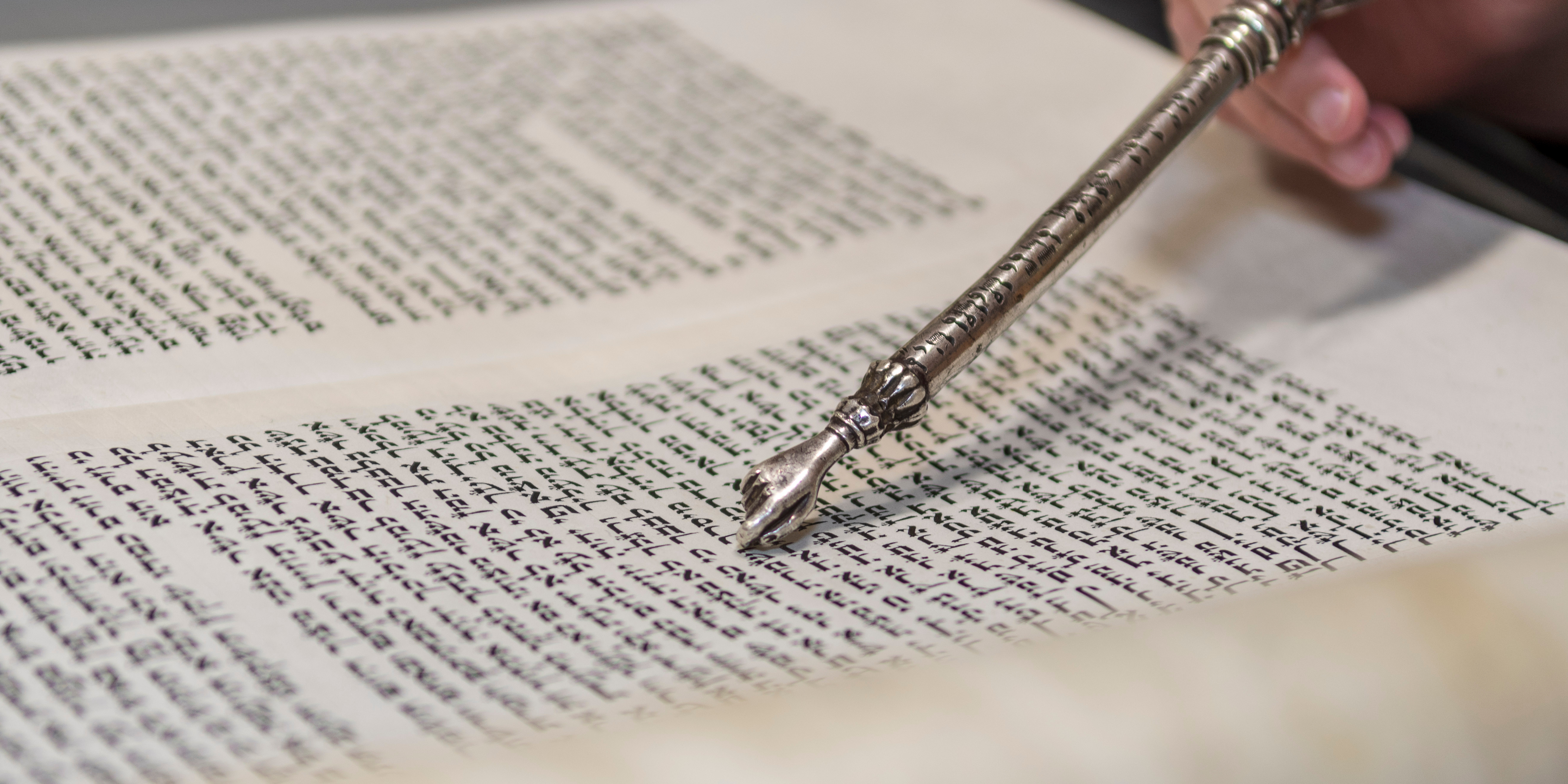Do Not Forget

Shabbat Zachor (Shabbat of Remembrance) falls on the Shabbat before Purim. It’s named for the commandment in Devarim 25:17-19, which we read as a special maftir, exhorting us to ‘Remember what Amalek did…’, and concluding with the imperative ‘Do not forget!’
On Purim itself, we read from Shemot 17:14-16, in which Moses is commanded to ‘Inscribe this in a document as a reminder, and read it aloud to Joshua: I will utterly blot out the memory of Amalek from under heaven…The Lord will be at war with Amalek throughout the ages.’
But why such vitriol against this particular nation? And what is the connection with Purim?
Amalek is considered to be the lowest of the low. The Torah tells us that the Amalekites surprised the Children of Israel, ambushing the group from the rear – an underhand and unconscionable act of violence, going against every rule of fair engagement in a fight. The Torah considers Amalek to be a ‘symbol of pure malice’ and that far from having a reason to attack the Israelites, the Amalekites acted in this way for the ‘sheer joy of hurting people.’ Furthermore, Rav Kook teaches us that the ‘treacherous attack of Amalek…was not a one-time enmity, a grievance from our distant past.’ Rather, God commanded Moses to wage a never-ending war with them through all the future generations, regarding all people who glorify violence, cruelty and hatred as descended from Amalek.
Thus, the ‘evil of Amalek invaded every aspect of the universe’ and that even the Torah was not immune to this ‘defiling influence’. Because of this, God told Moses to communicate the war against Amalek through two distinct pathways: writing – ‘Write this in the Book’ — and speaking — ‘Repeat it in Joshua’s ears.’ The decision, Kook goes on to explain, to utilise two modes of transmission tells us that the Torah had lost some of its original unity. Our modern existence maintains this separation between the written and the oral and it is only when Amalek is utterly obliterated, and the world is fully redeemed, that we will once again ‘merit the unified light of the Torah’s oral and written sides.’
Thus, our tradition highlights a number of ways in which we can go about fully obliterating the legacy of Amalek so that our world, and our sacred Torah, may be healed and unified once more.
Most famously, Haman was a descendant of Agag, the King of the Amalekites, and therefore when we read the story of Esther we are commanded to drown out Haman’s name. Rabbi Prof. David Golinkin writes that this custom began around 1200 when Rabbi Avraham of Lunel reported in his Sefer Hamanhig that the children in France took smooth stones and wrote Haman on them and when the reader mentioned his name they knocked one stone against another in order to erase Haman.
Another example indicates that a couple of early liturgical works, such as Mahzor Vitry and Sefer Hapardess (France, ca. 1100), interpreted the saying of the Kaddish as one way for us to blot out Amalek. Thus, the Jews who were aware of these interpretations blotted out Amalek repeatedly every day!
Thirdly, in a scribal tradition first recorded in 1705, before a person begins writing, they first write the name ‘Amalek’ on a piece of parchment and then proceed to cross it out strongly several times, thereby fulfilling the commandment to ‘blot out’ the name.
Finally, it has been observed that when Sefardic Jews read Parashat Zakhor and get to the verse ‘blot out the memory of Amalek…Do not forget’ they actually stamp their feet in order to blot out Amalek.

We hope you’ll join us next Saturday 27th February at a cross-communal Havdalah to launch Masorti Together, our online fundraiser featuring speakers from across the Masorti community and beyond, including Rabbi Chaim Weiner’s popular Daf Yomi class. For more information, to book your tickets or to make a donation, click here.




